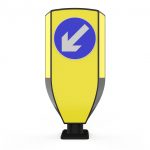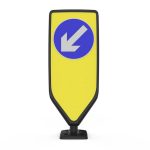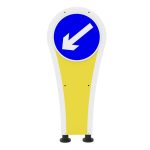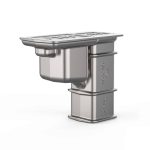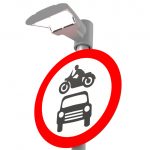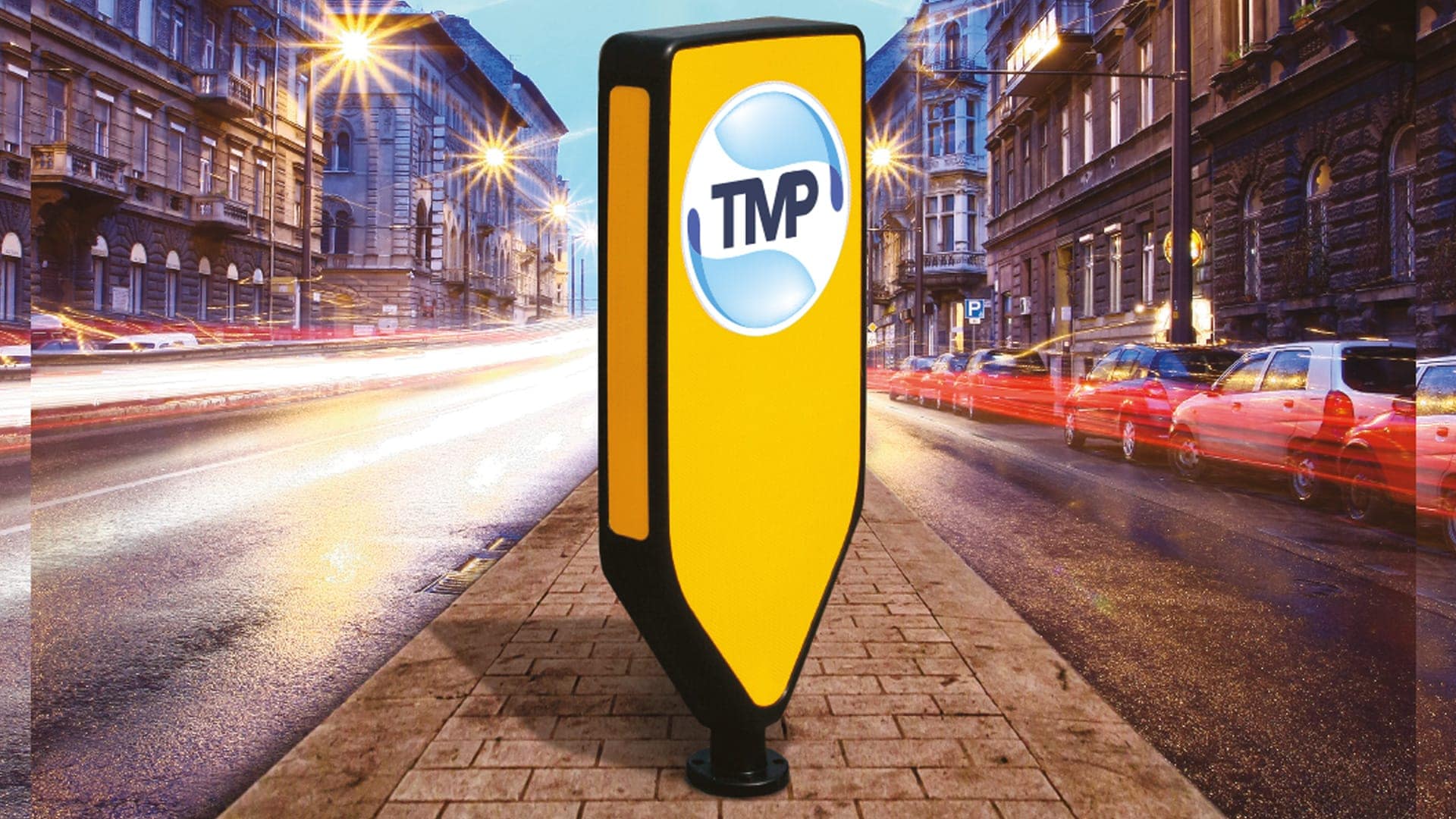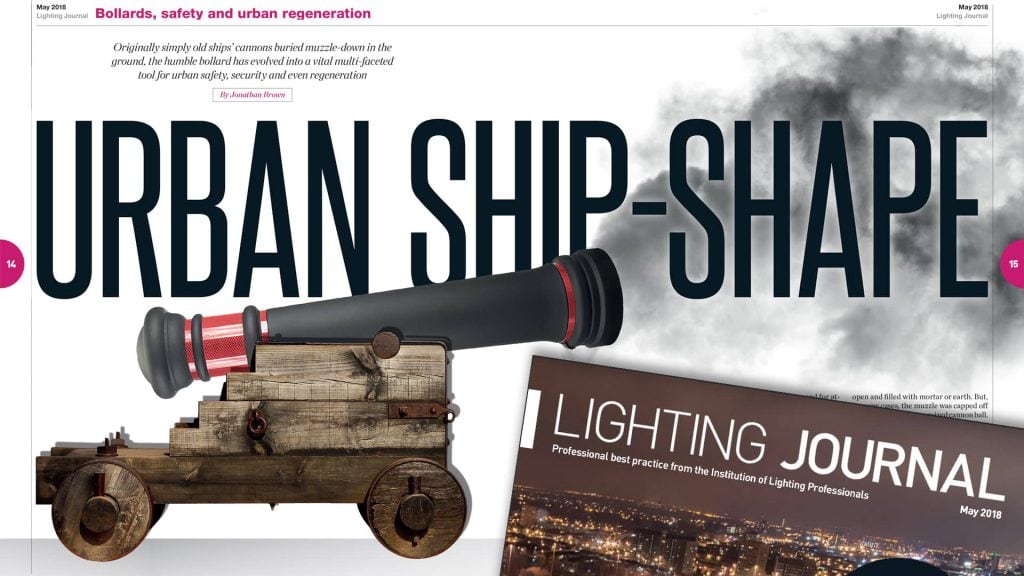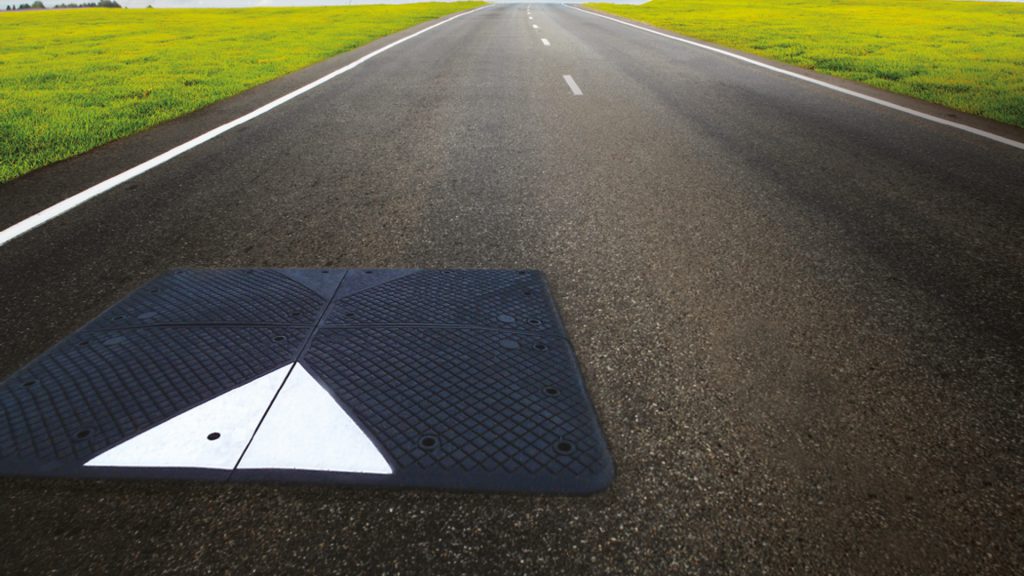Most of us pass hundreds of them on a daily basis, sometimes thousands. But those who don’t work in the highways industry, are most unlikely to consciously register their existence, or give them a second glance.
We’re talking about bollards.
The traffic bollard has become a standard part of everyday life that goes unnoticed unless, like us here at TMP Solutions, you’re what we affectionately call a bollard geek. (That’s a compliment, we’re bollard geeks too!)
When it comes to bollards, you know the role that the bollard has been designed to fulfill; and you know the specification required to satisfy that particular role. But did you ever stop to think about how this wondrous piece of traffic management and safety equipment came into being?
It all started at sea, would you believe? In order to be secured to the mainland, wooden or iron posts were used as bollards in order to provide mooring for boats. One would be found on land with a counterpart on the boat and the two would be connected by rope, therefore securing the vessel. Quite often, bollards that were purpose made, would be given a cannon-like appearance and this was because early bollards were in fact made from disused cannons that had been placed into the ground vertically, with the muzzle end beneath the surface.
The name bollard, it’s believed originates from the word ‘bole’ – which is often used in reference to tree trunk, and so it’s logical to see how the bollard was so named.
In around 1948, the bollard moved ashore and took on its more widely recognised role – that of providing traffic control and safety. As road traffic increased, the bollard has been developed to become a technologically important piece of road safety equipment. When managing traffic flows or providing directional instructions, modern day bollards may be reflective, self-righting, single or double-sided and even solar powered.
The bollard may have come from humble nautical beginnings, but has become an essential, if not invisible part of everyday safety in the road using modern world.
